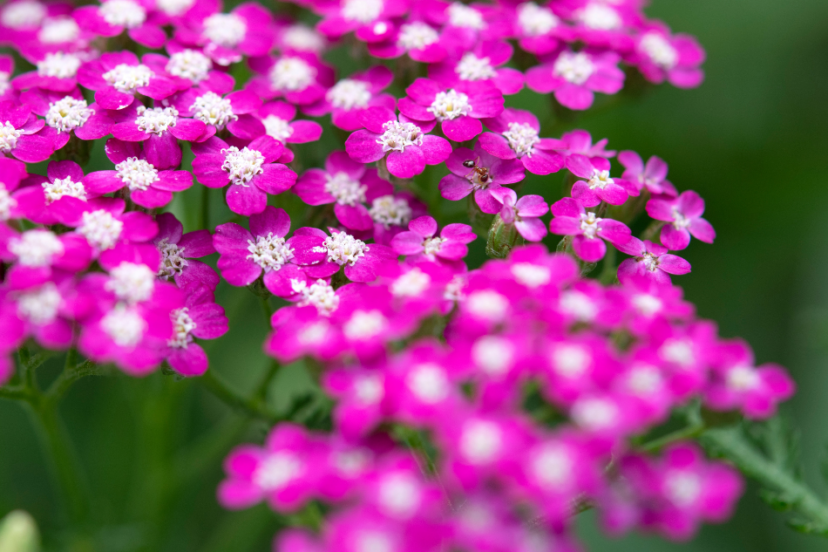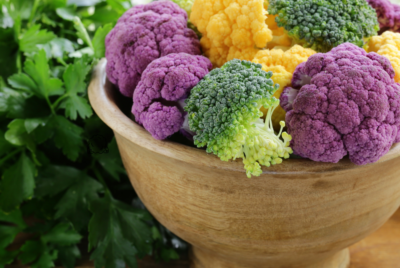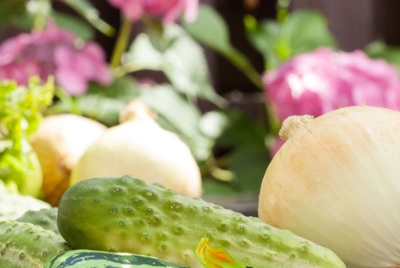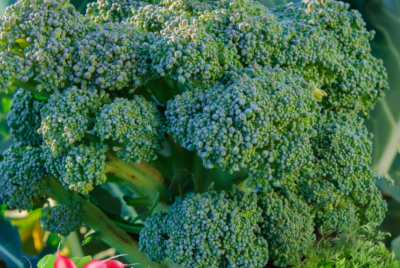Yarrow Companion Plants
The Benefits Of Yarrow Companion Planting For Your Garden
Yarrow, known for its feathery leaves and vibrant flowers, is a multipurpose herb that offers numerous benefits when used as a companion plant in your garden. This ancient plant not only attracts beneficial insects like ladybugs and predatory wasps, but it also repels harmful pests such as aphids and grasshoppers. Additionally, yarrow has allelopathic properties that help suppress the growth of invasive weeds, making it an excellent companion plant for your vegetables and herbs. By incorporating yarrow into your garden, you can create a more balanced ecosystem that supports overall plant health and enhances crop yields.
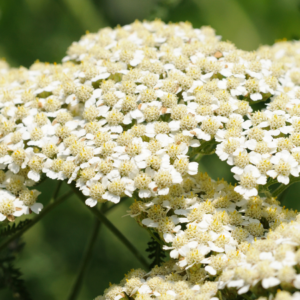
Key Takeaways:
- Enhanced Pest Control: Yarrow attracts beneficial insects like ladybugs and parasitic wasps which help control pests in your garden.
- Improved Soil Health: Yarrow’s deep roots bring up nutrients and improve soil structure, making it more fertile for other plants.
- Companion to Many Plants: Yarrow’s compatibility with a wide variety of plants makes it a versatile companion in your garden.
- Attracts Pollinators: Yarrow’s colorful blooms attract pollinators like bees and butterflies, promoting better fruit and vegetable production.
- Natural Mulch: Yarrow can act as a natural mulch, suppressing weeds and retaining moisture in the soil.
Advantages of Yarrow Companion Planting
Pest Control Benefits
Any garden enthusiast can benefit from yarrow companion planting due to its natural pest-repelling properties. Yarrow, with its strong fragrance, deters a wide range of pests such as aphids, ants, and beetles, helping to protect your other plants in the garden.
Soil Improvement and Fertilization
One of the key advantages of yarrow companion planting is its ability to enhance soil quality and fertility. Yarrow has deep roots that can penetrate compacted soils and extract nutrients from deep within the ground. As it breaks down, yarrow leaves add organic matter to the soil, improving its structure and promoting nutrient cycling.
To maximize the benefits of yarrow companion planting for soil improvement and fertilization, consider planting it in between rows of vegetables or around fruit trees. Its ability to attract beneficial insects like ladybugs and hoverflies further enhances the overall health of your garden ecosystem.
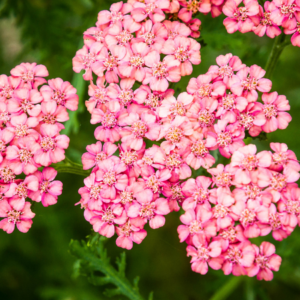
Plant Synergy
Some plants have the remarkable ability to enhance each other’s growth and deter pests when grown in close proximity. This concept, known as plant synergy, is the foundation of companion planting and has been practiced for centuries to maximize garden health and productivity.
Compatible Plants for Yarrow
For successful yarrow companion planting, consider pairing yarrow with herbs like mint, oregano, and thyme. These aromatic herbs not only complement the appearance of yarrow but also help repel common garden pests like aphids and carrot flies.
Avoiding Incompatible Combinations
To ensure thriving yarrow plants, it’s crucial to avoid planting them near beans and lettuce. These plants can inhibit yarrow’s growth and lead to competition for resources, resulting in weaker yarrow plants and a less productive garden.
Compatible companion plants not only support yarrow’s growth but also provide additional benefits like attracting beneficial insects and improving soil health. By understanding which plant combinations work best together and which ones to avoid, you can create a harmonious garden environment that promotes the well-being of all your plants.
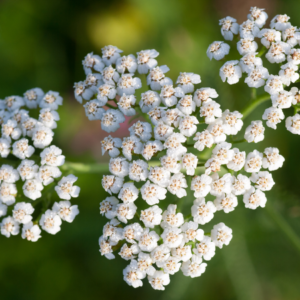
How to Implement Yarrow Companion Planting
Once again, incorporating yarrow into your garden as a companion plant can have numerous benefits for your overall garden health. Understanding how to effectively implement yarrow companion planting can lead to a flourishing and sustainable garden ecosystem.
Planning Your Garden Layout
Layout is crucial when planning your garden to include yarrow as a companion plant. Consider the space each plant needs to thrive and ensure that yarrow is strategically placed among other plants that can benefit from its properties. Grouping plants with similar sunlight, water, and soil requirements can optimize the growth and health of both yarrow and its companion plants.
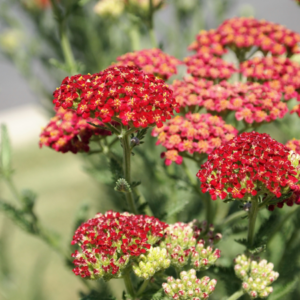
Maintenance and Care for Yarrow Partnerships
Partnerships with yarrow require some maintenance and care to ensure successful companion planting. Regularly deadheading yarrow to promote continuous blooming and preventing self-seeding is important. Additionally, monitoring for pests or diseases that may affect yarrow and its companion plants is crucial for sustaining a healthy garden ecosystem.
Garden
In the garden, yarrow partnerships can attract beneficial insects like ladybugs and lacewings, which help control garden pests naturally. Yarrow’s strong taproot can also break up compacted soil, improving overall soil structure and drainage in the garden. However, gardeners should be cautious as yarrow can be invasive if not managed properly, spreading rapidly and outcompeting other plants in the garden.
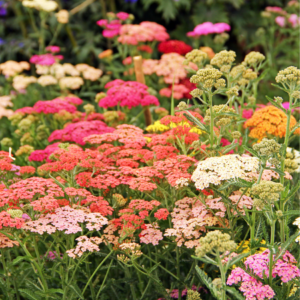
To wrap up on Yarrow Companion Plants
Following this guidance on yarrow companion planting can significantly benefit your garden by deterring pests, improving soil health, and attracting beneficial insects. The versatility of yarrow makes it a valuable addition to any garden, and its medicinal and culinary uses only add to its appeal. To learn more about using yarrow for enhancing flavor, visit yarrow for enhancing flavor? (plants forum at permies).
FAQ’s about Yarrow Companion Plants
Q: What are the benefits of yarrow companion planting for your garden?
A: Yarrow companion planting provides numerous benefits, including attracting beneficial insects, enhancing soil fertility, and acting as a natural pest repellent.
Q: How does yarrow companion planting attract beneficial insects?
A: Yarrow produces tiny flowers that attract pollinators, such as bees and butterflies, which helps increase biodiversity in your garden and improves overall plant health.
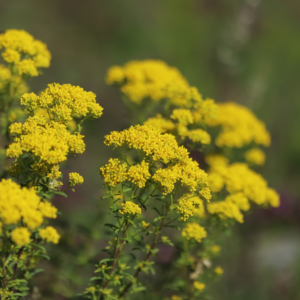
Q: How does yarrow enhance soil fertility in companion planting?
A: Yarrow has deep roots that can access nutrients deep within the soil, and it accumulates potassium, phosphorus, and copper, which can be transferred to neighboring plants, improving their growth and health.
Q: Can yarrow companion planting act as a natural pest repellent?
A: Yes, yarrow contains natural compounds that repel pests such as aphids and mosquitoes, making it an effective companion plant for protecting your garden from harmful insects.
Q: How do you incorporate yarrow into companion planting in your garden?
A: You can plant yarrow near vegetables, herbs, and flowering plants to benefit from its properties. It is drought-tolerant and low-maintenance, making it a perfect addition to any garden space.

